In 1984, the Bulletin of the Atomic Scientists moved the “doomsday clock” to three minutes before midnight, noting a turn for the worse in cold war tensions. “U.S.-Soviet relations”, they noted, “reach their iciest point in decades.”
Heedless of the world of humans, pods of Beluga Whales converged on the Chukchi Sea in pursuit of great schools of cod.
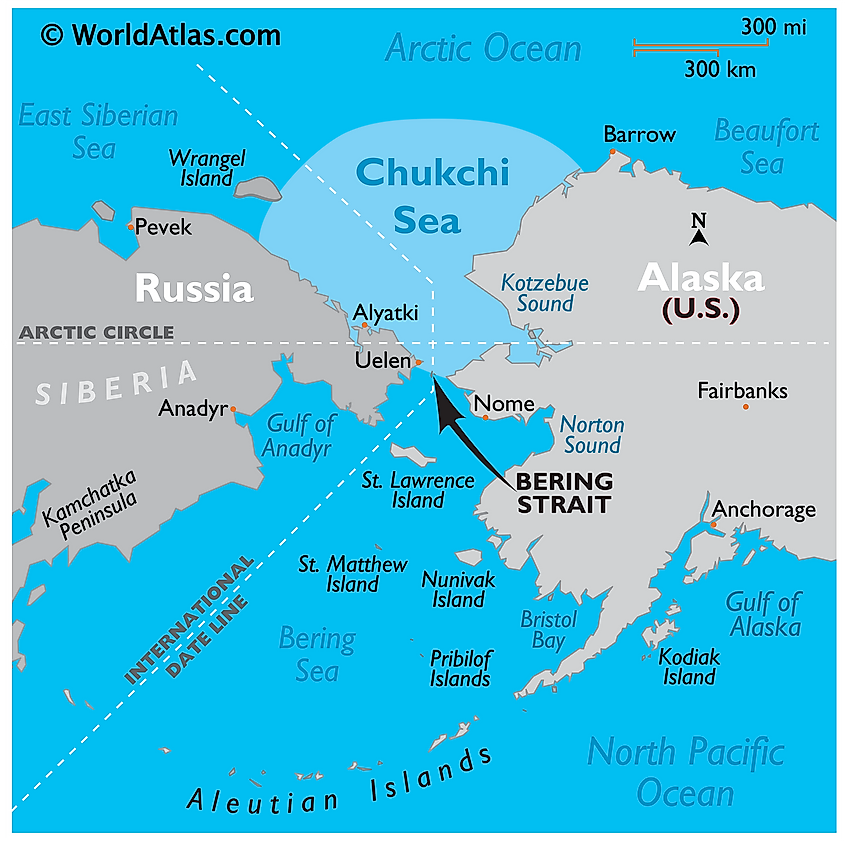
With a genus name stemming from the Russian word for “white”, Belugas populate the circumpolar region at the top of the world, from Greenland to Alaska.
Specially adapted to life in the far north, the “dolphin of the Arctic” has no dorsal fin, an adaptation helpful for swimming under ice.
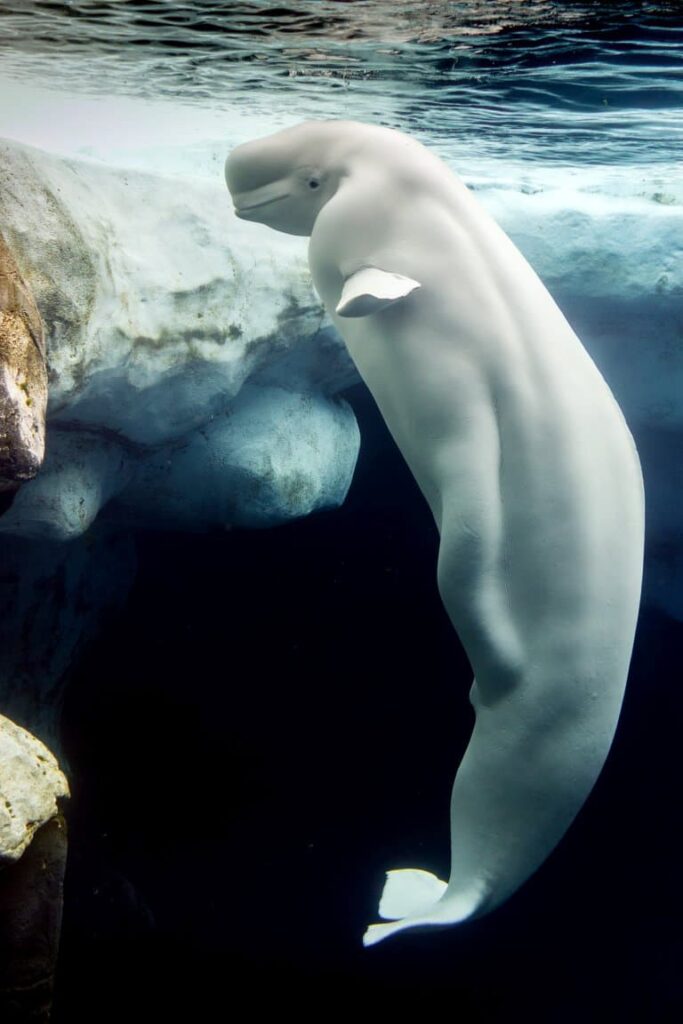
Belugas moult, like snakes, scraping themselves along bergs and rocks to shed thick winter skins as water temperatures rise and fall.
Smallest of all cetaceans, the adult male ranges from 18 to 20 feet in length and weighs in around 3,500 pounds. Their lips curled in a perpetual grin, these “canaries of the sea” live in small groups called “pods” but can gather in the thousands in pursuit of food. Such as cod.

Which brings us back to 1984. A great pod gathered that December, in pursuit of enormous schools of cod. Meanwhile, on the surface, bitter cold combined with howling winds to drive great mounds of sea ice into packs up to 12 feet thick.
The White Whale will use the fatty protruberance or “melon” on top of his head to break air holes through as much as 4 to 5 inches of sea ice. With top speeds around 17mph, they’re able to hold their breath for 20 minutes, but sooner or later, these creatures need to breathe.
As conditions worsened throughout the Chukchi Sea, the air breathing mammals found themselves trapped with tiny air holes with 17 miles to go to open water.
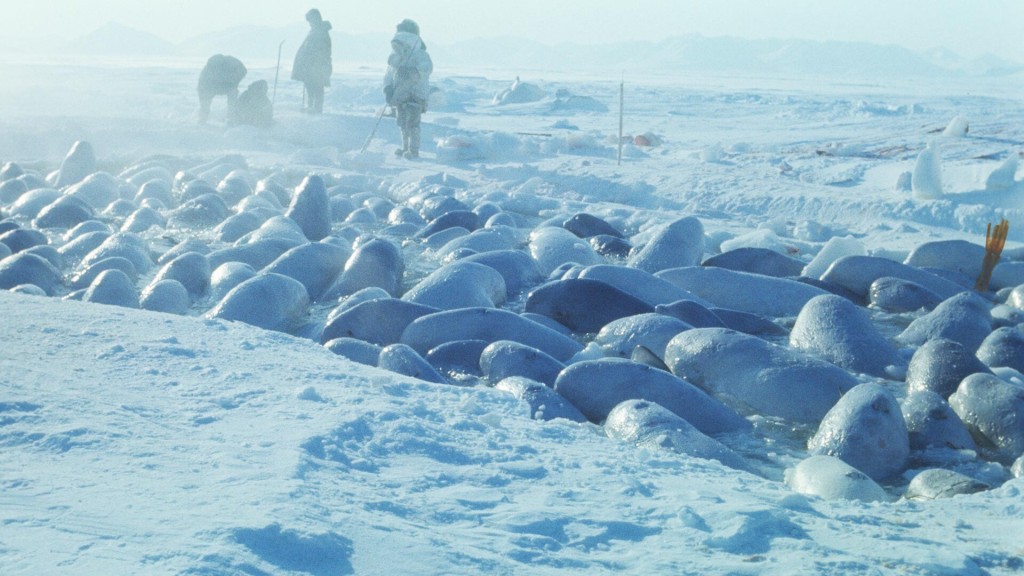
Hundreds gathered at shrinking air holes while untold hundreds more drowned or starved, unable to make it beyond that interminable ice pack.
Subsistence hunters were at first overjoyed to find such abundance of meat, but no one knows better than they. There is no future in the destruction of a species.
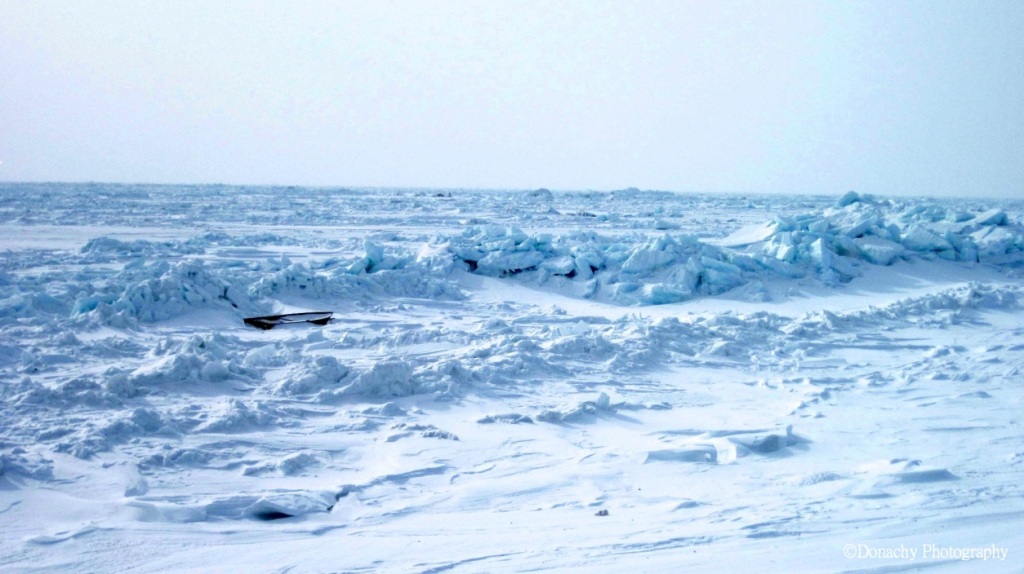
The call went out for help as groups of all sizes did what they could to keep breathing holes from closing. Helicopters arrived from overhead to drop frozen fish.
Normally charged with clearing routes through the Bering Strait, the great ice breaker Moskva was summoned to the scene.
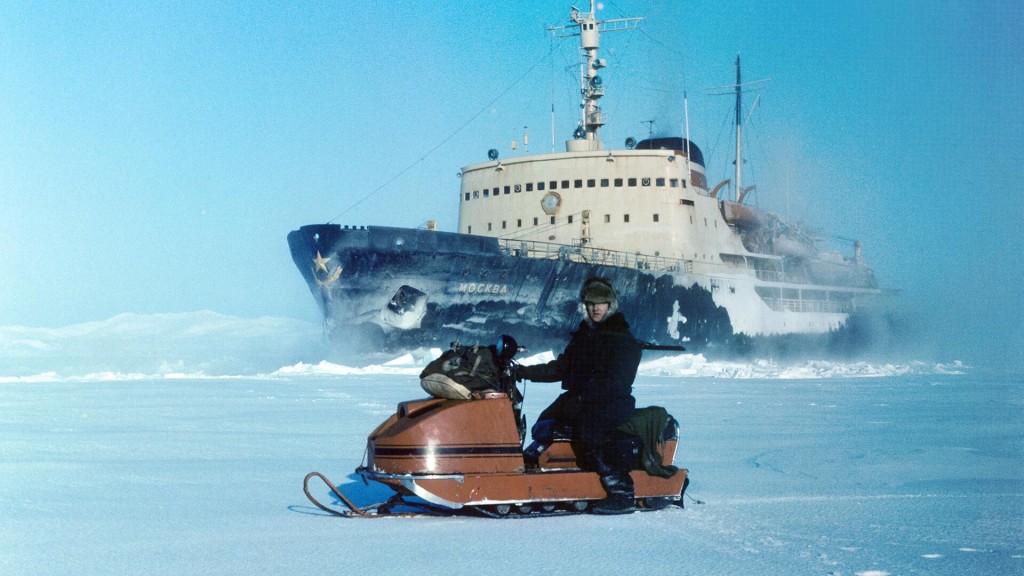
With 15 miles of pack ice and steadily worsening conditions, commanding officer Captain Kovalenko twice considered turning back. Snowmobiles and special spotter planes guiding her in, Moskva lumbered on toward rescue, arriving at last on February 22.
To no avail. Squealing and cowering in terrified circles, the creatures took four days even to acclimate to the presence of that strange and noisy vessel.
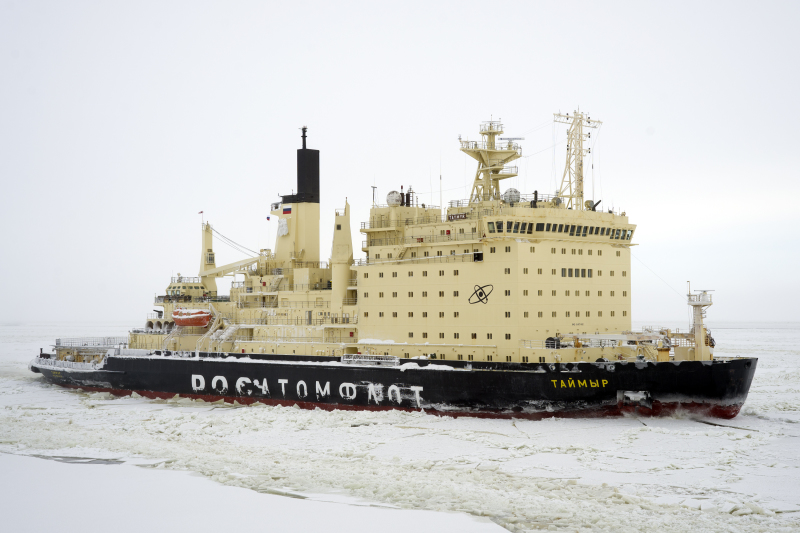
At last, the odd procession began to move. Let Captain Kovalenko describe the scene: ”Our tactic is this: We back up, then advance again into the ice, make a passage, and wait. We repeat this several times. The belugas start to ‘understand’ our intentions, and follow the icebreaker. Thus we move kilometer by kilometer.”
Someone recalled that Belugas, like all whales, communicate through sound. Captive animals have even shown themselves responsive to music.
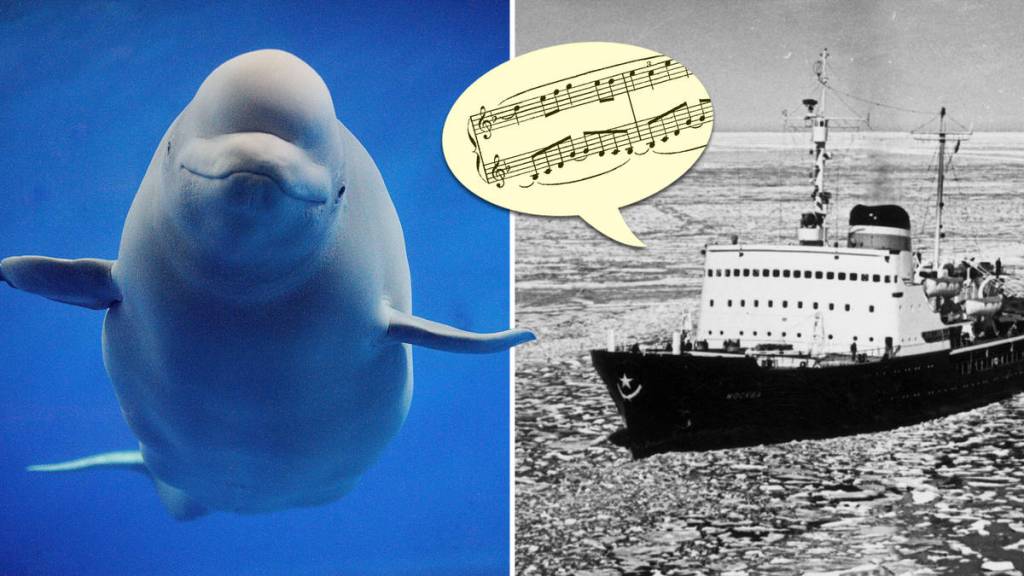
So it was across her loudspeakers that music began to play. Rock & Roll, Russian folk tunes, marshall music, but the whales were especially responsive to classical.
Shostakovich and Rachmaninov blaring across the still arctic air, slowly, the creatures began to follow. The New York Times reports, “In time the whales became fully accustomed to the ship.”
“They began coming up to the ship themselves,” Izvestia wrote. ”They hemmed it about from all sides. They were happy as children, jumping, spreading out all over the ice field.”
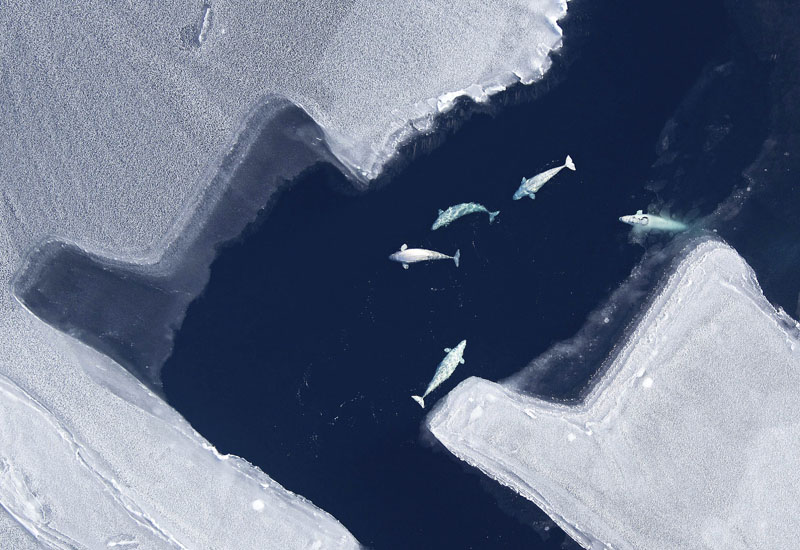
This most unusual of all journeys at last came to an end in late February, in open water.
Far away in distant capitals, politicians held the nuclear gun to all of our heads as the cold war dragged on. Meanwhile under some distant and frigid sea, these beautiful animals were free to live on.
With lifespans known to run 35-50 years in the wild, chances are some of these very creatures are out there still.
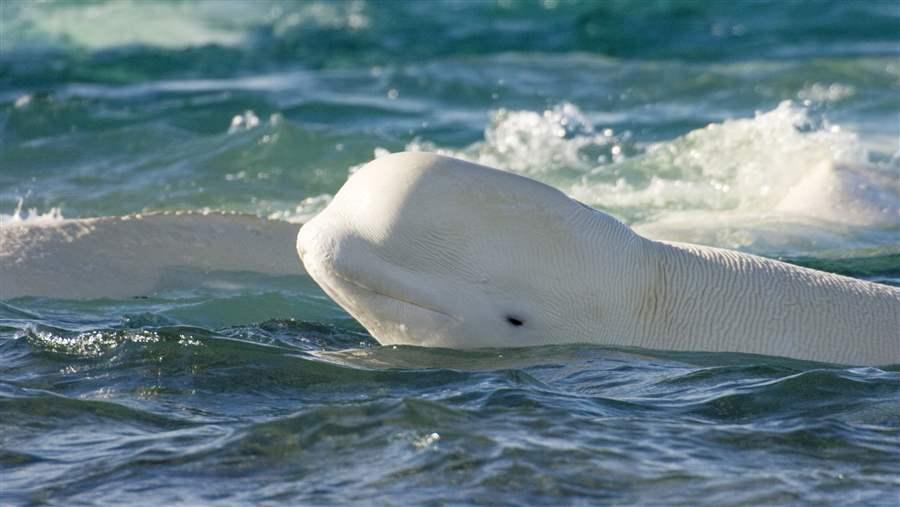




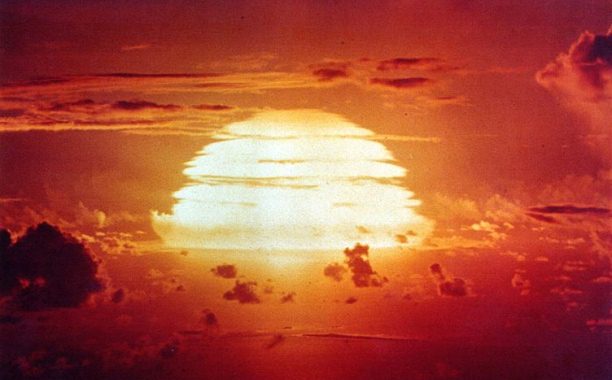
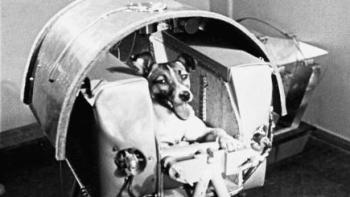











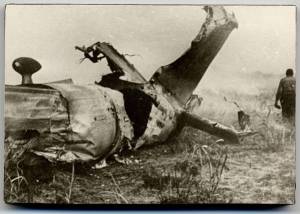









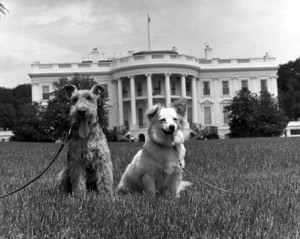







 To anyone under the age of 40, the Cold War must seem a strange and incomprehensible time. Those of us who lived through it, feel the same way.
To anyone under the age of 40, the Cold War must seem a strange and incomprehensible time. Those of us who lived through it, feel the same way. At 15,000-feet, a warning light came on in the cockpit, indicating the load wasn’t properly secured. Not wanting a thing like that rattling around in the back, Captain Earl E. Koehler sent navigator Bruce M. Kulka, to investigate. Kulka slipped and grabbed out for something, to steady himself. That “something” just happened to be, the emergency release.
At 15,000-feet, a warning light came on in the cockpit, indicating the load wasn’t properly secured. Not wanting a thing like that rattling around in the back, Captain Earl E. Koehler sent navigator Bruce M. Kulka, to investigate. Kulka slipped and grabbed out for something, to steady himself. That “something” just happened to be, the emergency release.
 Three years later, a B-52 Stratofortress carrying two Mark 39 thermonuclear bombs broke up in the air over Goldsboro, North Carolina. Five crew members ejected from the aircraft at 9,000-feet and landed safely, another ejected but did not survive the landing. Two others died in the crash.
Three years later, a B-52 Stratofortress carrying two Mark 39 thermonuclear bombs broke up in the air over Goldsboro, North Carolina. Five crew members ejected from the aircraft at 9,000-feet and landed safely, another ejected but did not survive the landing. Two others died in the crash.
 Over the years, members of the flight crew stopped by to apologize for the episode.
Over the years, members of the flight crew stopped by to apologize for the episode.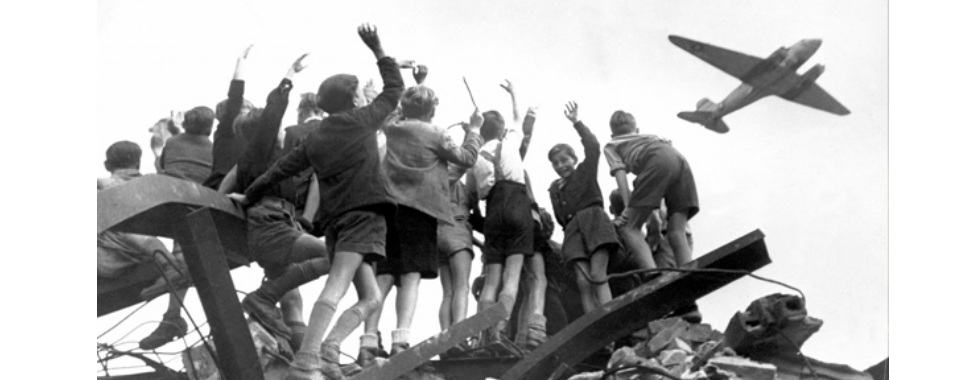
 During the war, ideological fault lines were suppressed in the drive to destroy the Nazi war machine. Such differences were quick to reassert themselves in the wake of German defeat. In Soviet-occupied east Germany, factories and equipment were disassembled and transported to the Soviet Union, along with technicians, managers and skilled personnel.
During the war, ideological fault lines were suppressed in the drive to destroy the Nazi war machine. Such differences were quick to reassert themselves in the wake of German defeat. In Soviet-occupied east Germany, factories and equipment were disassembled and transported to the Soviet Union, along with technicians, managers and skilled personnel.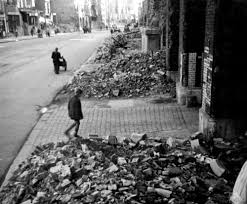 West Berlin, a city utterly destroyed by war, was home to some 2.3 million at that time, roughly three times the city of Boston.
West Berlin, a city utterly destroyed by war, was home to some 2.3 million at that time, roughly three times the city of Boston. With that many lives at stake, allied authorities calculated a daily ration of only 1,990 calories would require 646 tons of flour and wheat, 125 tons of cereal, 64 tons of fat, 109 tons of meat and fish, 180 tons of dehydrated potatoes, 180 tons of sugar, 11 tons of coffee, 19 tons of powdered milk, 5 tons of whole milk for the children, 3 tons of fresh yeast for baking, 144 tons of dehydrated vegetables, 38 tons of salt and 10 tons of cheese.
With that many lives at stake, allied authorities calculated a daily ration of only 1,990 calories would require 646 tons of flour and wheat, 125 tons of cereal, 64 tons of fat, 109 tons of meat and fish, 180 tons of dehydrated potatoes, 180 tons of sugar, 11 tons of coffee, 19 tons of powdered milk, 5 tons of whole milk for the children, 3 tons of fresh yeast for baking, 144 tons of dehydrated vegetables, 38 tons of salt and 10 tons of cheese. What followed is known to history, as the
What followed is known to history, as the  US Army Air Force Colonel Gail “Hal” Halvorsen was one of those pilots, flying C-47s and C-54 aircraft deep inside of Soviet controlled territory. On his days off, Halvorsen liked to go sightseeing, often bringing a small movie camera.
US Army Air Force Colonel Gail “Hal” Halvorsen was one of those pilots, flying C-47s and C-54 aircraft deep inside of Soviet controlled territory. On his days off, Halvorsen liked to go sightseeing, often bringing a small movie camera. Newspapers got wind of what was going on. Halvorsen thought he’d be in trouble, but no. Lieutenant General William Henry Tunner liked the idea. A lot. “Operation Little Vittles” became official, on September 22.
Newspapers got wind of what was going on. Halvorsen thought he’d be in trouble, but no. Lieutenant General William Henry Tunner liked the idea. A lot. “Operation Little Vittles” became official, on September 22.


 The first living creature to enter space was the dog “
The first living creature to enter space was the dog “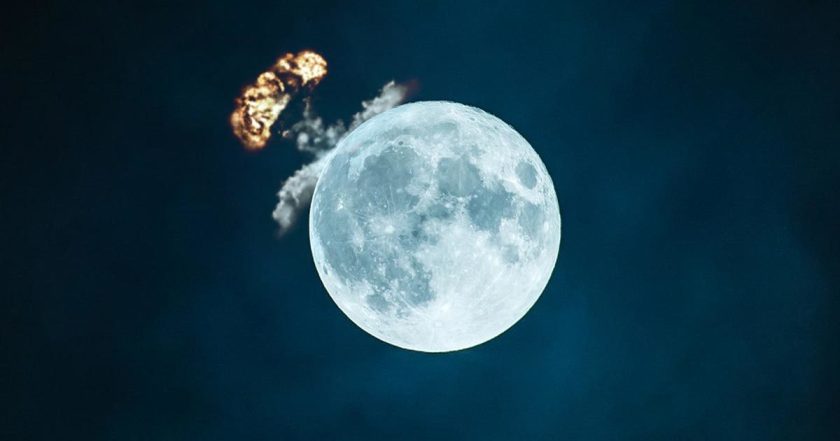






 Gagarin’s flight gave fresh life to the “Space Race” between the cold war rivals. President John F. Kennedy announced the intention to put a man on the moon, before the end of the decade.
Gagarin’s flight gave fresh life to the “Space Race” between the cold war rivals. President John F. Kennedy announced the intention to put a man on the moon, before the end of the decade.
You must be logged in to post a comment.